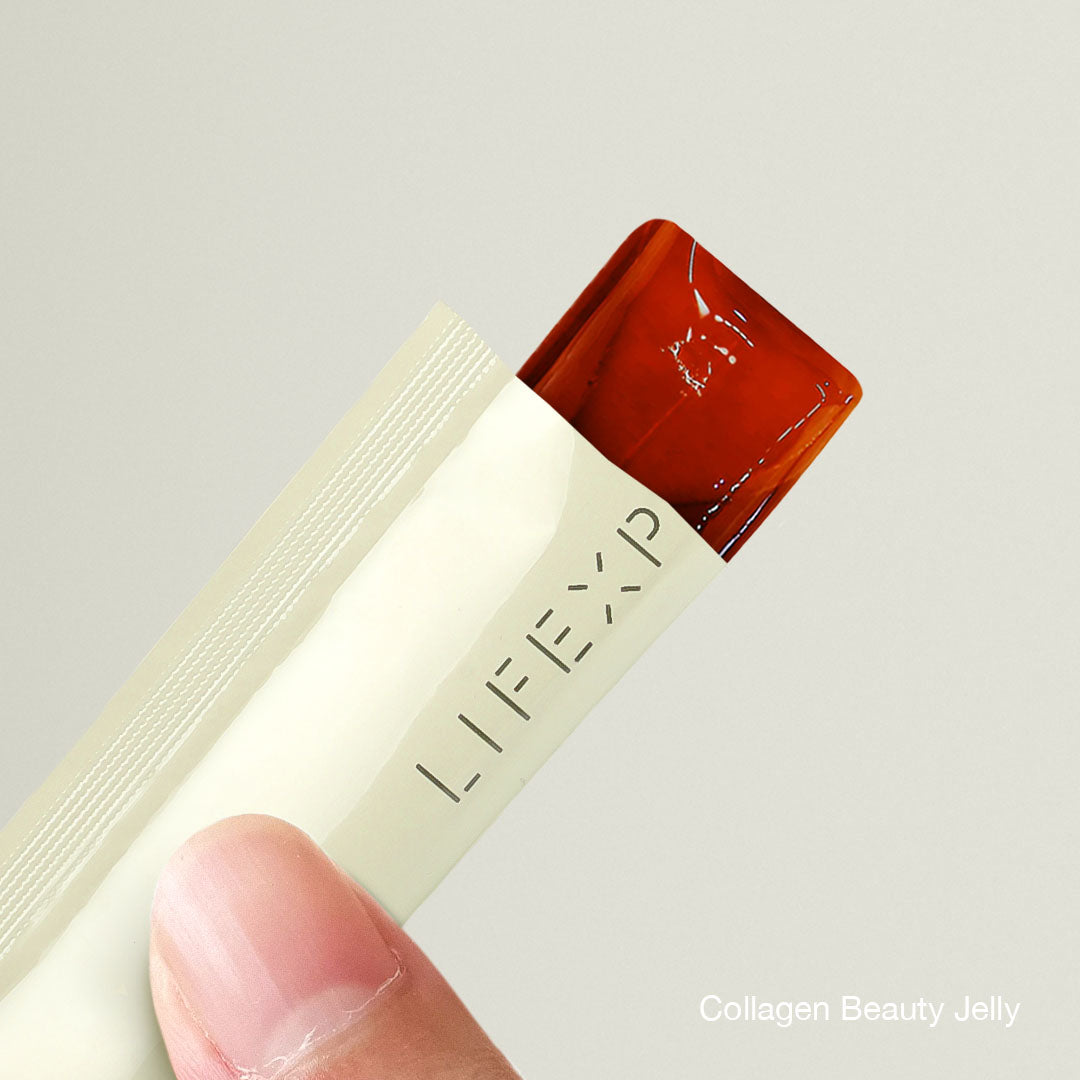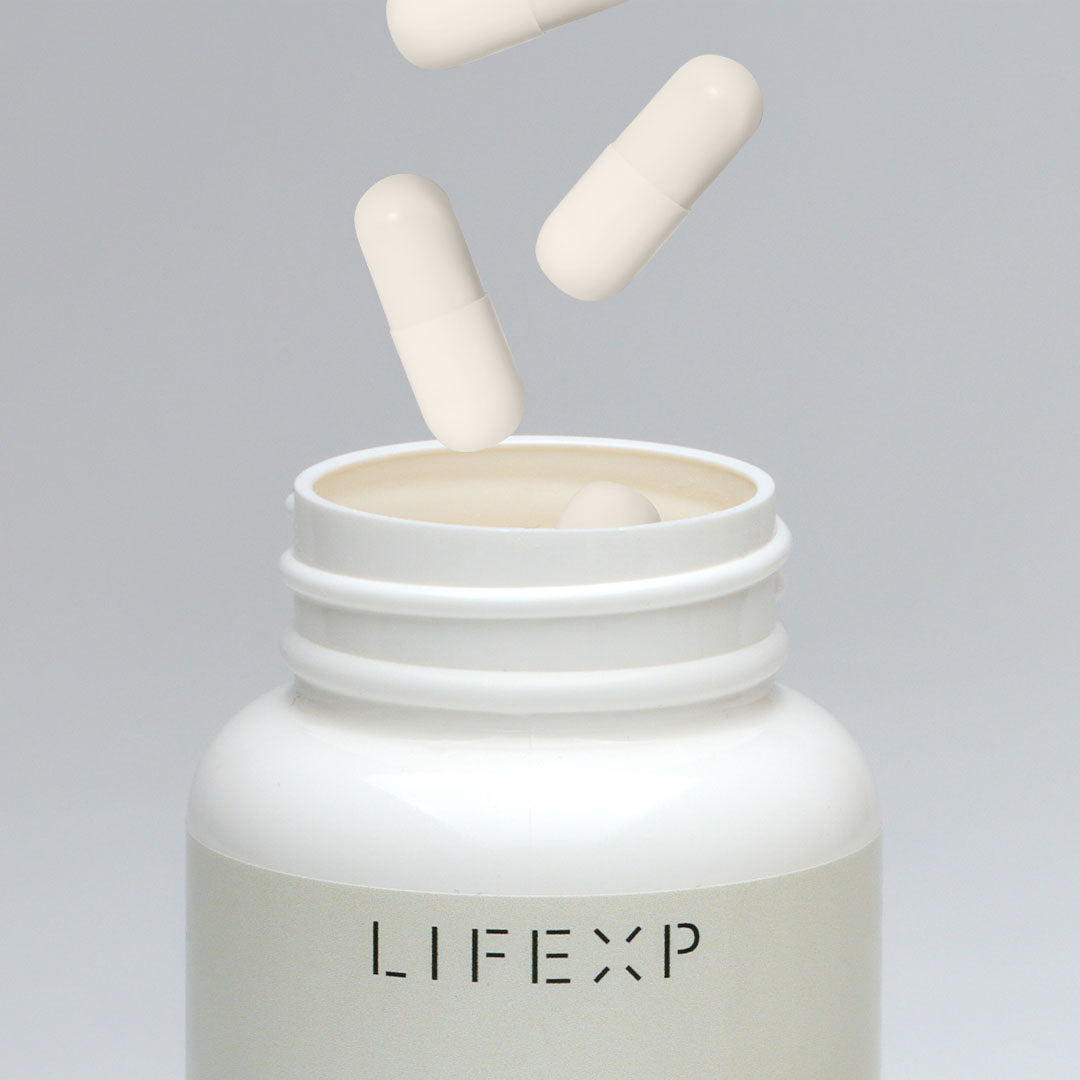
Children's health is one of the top priorities for parents, and proper nutrition plays a vital role in their growth, immune function, and overall well-being. Among the various supplements gaining attention for child health, two natural substances stand out: lactoferrin and royal jelly. These have distinct and potentially synergistic benefits for the immune system, cognitive development, and physical growth in children. Here, we explore their benefits, backed by research and scientific references.
What is Lactoferrin?
Lactoferrin is a glycoprotein primarily found in human breast milk, particularly in colostrum, and is also present in cow's milk. It plays an important role in supporting the immune system and iron metabolism. Due to its broad health benefits, lactoferrin is often used as a supplement to support children's immunity and overall health.
Key Benefits of Lactoferrin for Children
Strengthens the Immune System
Lactoferrin possesses antimicrobial and antiviral properties. It binds to iron, depriving bacteria of the nutrient they need to grow, and blocks viral attachment to cells, thereby preventing infections. For young children, who are prone to frequent infections, lactoferrin may help enhance immune defense.
Supports Gut Health
Lactoferrin promotes a healthy gut by encouraging the growth of beneficial bacteria like Bifidobacteria while inhibiting harmful pathogens. A healthy gut microbiome is essential for nutrient absorption, digestion, and overall gastrointestinal health in children.
Promotes Healthy Growth
Lactoferrin helps enhance iron absorption, which is crucial in preventing iron-deficiency anemia—a common condition in young children. Adequate iron levels support proper growth, energy, and cognitive function.
What is Royal Jelly?
Royal jelly is a nutritious secretion produced by honeybees, used to feed the queen bee. It is rich in proteins, lipids, vitamins, and minerals. In human health, royal jelly is known for its immune-boosting and cognitive-enhancing properties.
Key Benefits of Royal Jelly for Children
Boosts Cognitive Development
Royal jelly contains 10-Hydroxy-2-decenoic acid (10-HDA), a compound thought to enhance brain function and protect neural pathways. Early studies suggest that it may support cognitive development and memory, making it beneficial for growing children.
Enhances Immune Function
Rich in proteins and fatty acids with antimicrobial properties, royal jelly supports the immune system and helps children fight off common illnesses such as colds and flu.
Supports Physical Growth and Vitality
Royal jelly provides a wealth of essential nutrients, including amino acids, B vitamins, and minerals like calcium and magnesium, all of which are necessary for a child's physical growth and energy.
The Synergistic Benefits of Lactoferrin and Royal Jelly
Combining lactoferrin and royal jelly can offer a robust defense for children's health. Lactoferrin supports the immune system and gut health, while royal jelly enhances cognitive function and overall vitality. Together, these two natural substances can contribute to optimal growth and immunity in children, particularly during vulnerable periods such as early childhood.
Scientific Support
A study published in the Journal of Pediatric Gastroenterology and Nutrition highlighted the role of lactoferrin in reducing respiratory and gastrointestinal infections in childrenResearch in Frontiers in Pediatrics emphasized the cognitive and immune benefits of royal jelly, making it a potentially valuable supplement for children during key developmental stages .
Lactoferrin and royal jelly offer a range of benefits for children's health, from boosting their immune system to supporting physical growth and cognitive development. Both are generally safe when taken in recommended amounts, though it's always advisable to consult with a pediatrician before introducing any new supplement to a child's diet. With their combined effects, lactoferrin and royal jelly could be powerful allies in promoting children's health and well-being
References:
- Sánchez, L., Calvo, M., & Brock, J. H. (1992). Biological role of lactoferrin. Archives of Disease in Childhood, 67(5), 657-661.
- Legrand, D. (2012). Lactoferrin, a key molecule in immune and inflammatory processes. Biochemical Cell Biology, 90(3), 252-268.
- Ochoa, T. J., & Cleary, T. G. (2009). Lactoferrin disruption of bacterial iron acquisition: An effective defense against acute bacterial infections in the upper respiratory tract. Future Microbiology, 4(10), 1293-1295.
- Zimecki, M., & Artym, J. (2006). Therapeutic properties of proteins and peptides from colostrum and milk. Postepy Hig Med Dosw (Online), 60, 309-323.
- Ramadan, M. F., & Al-Ghamdi, A. (2012). Bioactive compounds and health-promoting properties of royal jelly: A review. Journal of Functional Foods, 4(1), 39-52.
- Silici, S., & Kutluca, S. (2005). Chemical composition and antimicrobial activity of royal jelly from different sources. Uludag Bee Journal, 5(3), 137-142.
- Sabatini, A. G., et al. (2009). Royal jelly: Knowledge and perspectives. Apidologie, 40(1), 63-73.
- Manzoni, P., et al. (2009). Bovine lactoferrin supplementation for prevention of late-onset sepsis in very low-birth-weight neonates: A randomized trial. JAMA, 302(13), 1421-1428.
- Ramadan, M. F., & Al-Ghamdi, A. (2014). Antioxidant and anti-inflammatory properties of royal jelly: A potential protective agent in neurodegenerative diseases. Frontiers in Pediatrics, 2, 27.



